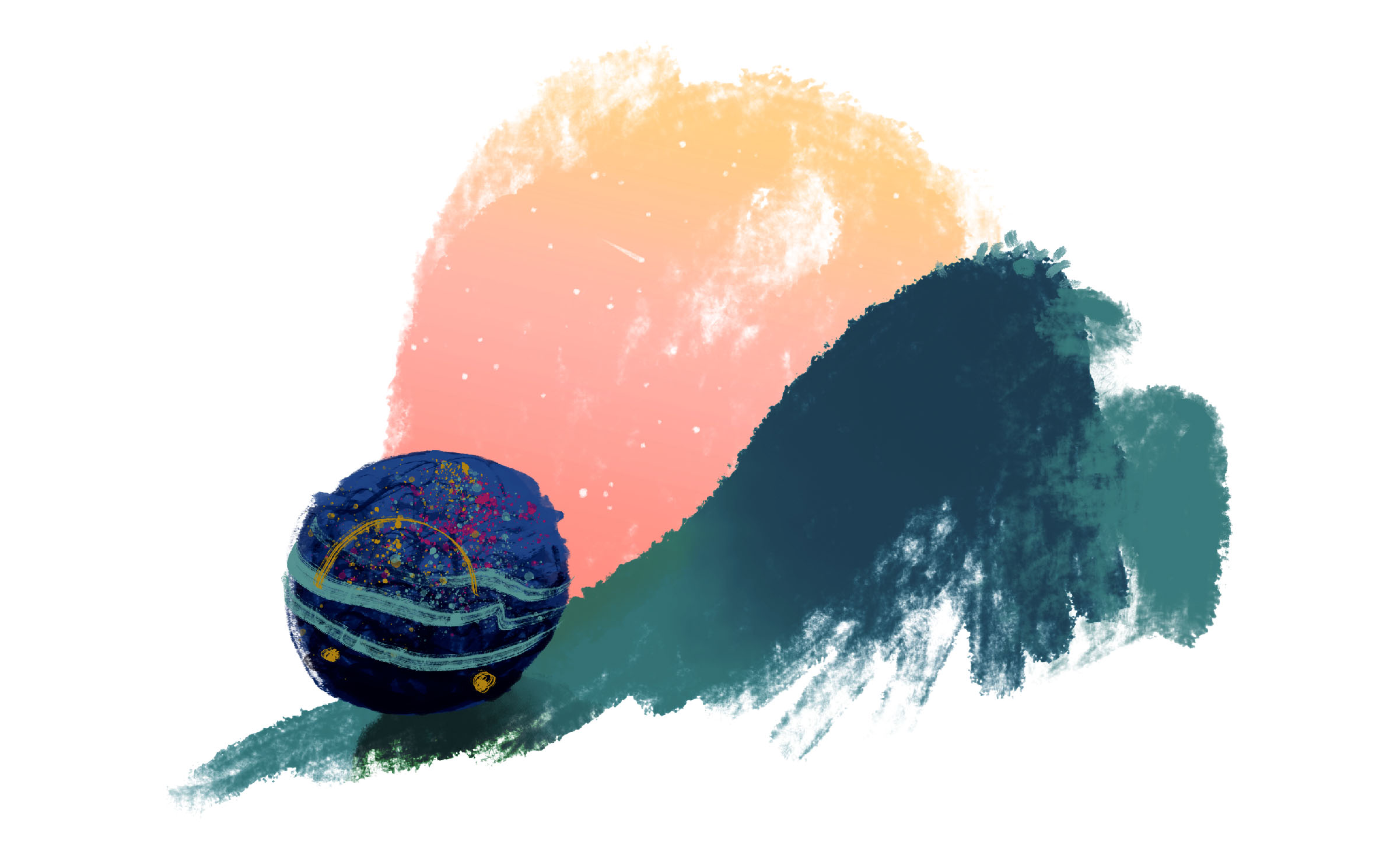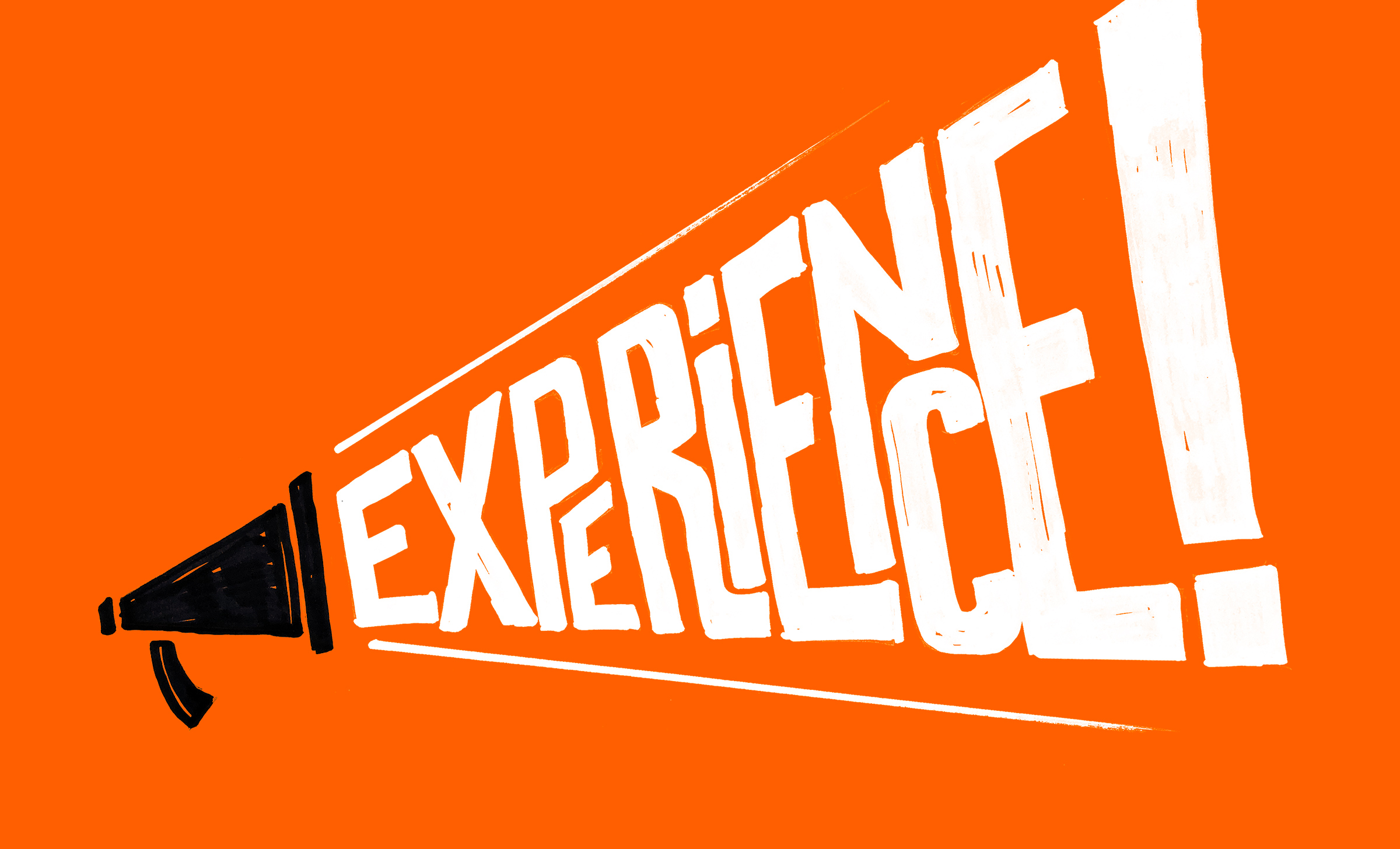A Developer’s Guide to Working with UX Pros
7 min read
When I talk with development organizations about user experience, we usually talk about fitting user experience into the dev process or integrating UX professionals onto dev teams. Because this is a common theme, it deserves careful unpacking. We’ll begin with understanding the UX role itself.
As you read, take heart. You can learn how to survive and thrive alongside the UX people in your life and make better digital products in the process. First, let’s get the basics out of the way.
What is user experience? No really, what is it?
Most development-centered organizations recognize the need to make digital products more user-friendly. They see “user experience” as the means to that end. There’s just one teensy-weensy problem. User experience is not well understood in development circles. Because of that, dev teams rarely have access to UX professionals and when they do, it’s limited.
As a result, dev teams, managers, and leaders consider user experience as something of a mysterious black box, even when they already have UX resources on hand. Disagreement about UX titles, roles, training, and certification surely doesn’t help matters. But at least the term “user experience” hasn’t become a completely overused, nearly empty buzzword. Oh, wait.
Confusion is completely understandable.
Background
Before we can unpack how to understand and work with UX pros on your team, let’s clear up what we mean by UX.
The UX Iceberg
User experience is the entire experience a person has with something. My experience includes the first time I hear about it, how I find it, my first impression of it, and whether it ultimately does what I need.
If the thing we’re talking about is a digital product or service, then we’re usually referring to something presented on a screen. Where we have a screen, we have a user interface (UI), the means by which we interact with the product.
Whereas UX is the big, high-level concept, UI is a specific, even small part, but certainly not the whole thing. It’s helpful to think of UX and UI in terms of an iceberg. We see only a bit of the whole iceberg above the surface of the water. That’s UI. But by far the largest part of the iceberg is unseen, underwater. Think of this as UX, the thing that makes the iceberg what it is. This larger, underwater UX part includes strategy, requirements, user research, structure, and so forth.
What does a UX professional do?
UX pros are charged with defining a good (hopefully great) user experience for a product or service. They are working on the vast bulk of the iceberg that resides below the water line, usually in deep collaboration with the broader project team. What follows is a short list of the typical things they do.
User Research
A UX pro identifies end users and determines how their needs and daily tasks drive features and functions.
Strategy Discovery
Senior user experience people lead efforts to define products from the beginning, matching corporate strategy to the customer journey, business metrics, and product planning.
Expert Review
The best UX resources can identify usability flaws in apps, sites, and software based on deep best practice knowledge and experience.
Requirements
Here we mean user experience requirements, a vital complement to technical and business requirements.
Wireframes / Prototypes
These interactive, structural blueprints match early layout to user needs and functionality. They are essential for making user-friendly products and are usually missing when UX pros aren’t available.
User Testing
Testing with real users can occur at nearly every stage of the digital product process. UX pros define, set-up, facilitate, and interpret these tests.
How are UX folks different from people I work with now?
Dev teams are used to working with specific types of people. Adding user experience to the mix is an unexpected complication. Because most developers have not been trained to work with user experience pros, they find it hard to grasp what exactly these folks do.
If we compare and contrast user experience roles with these more traditional roles, we can learn how UX people fit into a development process.
Technical Architects
These people define functional systems. They are concerned with technical structure. User experience pros, on the other hand, are concerned with information structure (organization, navigation, interaction, and content) which drives system usability. These UX pros are often called information architects.
Business Analysts
Business analysts define and document the needs of internal stakeholders. As analysts look inward to business imperatives, UX professionals look outward to users. Great products require both approaches. As such, analysts and UX pros typically work together closely.
Project Leads
These individuals may be product managers, project managers, or even technical leads. They have a level of authority over development teams and processes. UX professionals often report to project leads. Sometimes UX pros have project ownership, but this is not common.
Front-End Development
Some UX professionals have excellent front-end coding skills. Some have no front-end coding skills whatsoever. However, all UX pros must have a deep understanding of the capabilities and limitations of coding for screen-based products. A UX pro who can code is often called a UX developer (or something similar). People who have mastered both UX and coding skill sets are rare.
Visual Designers
Some UX pros come from a digital design background. This allows them to make highly advanced visual wireframes and prototypes. Again, not every UX resource boasts this skill. Most often, a UX pro works with a designer and front-end coder to create the best possible UI.
QA Testers
User experience professionals typically are not in charge of testing (UAT, QA, etc.) but they do play a role in the testing phase. Most testing resources (especially off-shore resources) will be completely unfamiliar with UX requirements and will hardly ever test a digital product to ensure it complies.
UX professionals often lead the testing charge from a usability perspective. They play a vital role at the end of the project development cycle, ensuring all UX requirements have indeed been met. Savvy organizations always plan for UX involvement late in a project.
Writers & Content Strategists
Content specialists determine the overall information strategy for a product and author copy, particularly ultra-important microcopy, vital to product usability. Though some UX professionals can write excellently at this level (making their wireframes and prototypes stronger from the start), they are more likely to offload this responsibility to a digital content professional.
Words are a major problem for development teams, which often completely lack content resources of any kind. Often business analysts, designers, leaders, or even other developers are enlisted to write. This has predictably disastrous results for apps, sites, and software.
How can you identify a good UX person?
Not all UX pros are the same. Some have a development background. Some emphasize their visual design skills. Some specialize in content UX. This can make identifying solid UX resources difficult, especially for dev teams just getting their feet wet with user experience.
What do you call them?
A cursory Googling yields the following ocean of UX-related titles and roles. I assure you, it’s a partial list.
- Digital Product Designer/Strategist
- Experience Designer/Architect/Strategist
- Information Architect/Designer
- Interaction Designer/Developer
- Interface Designer/Developer
- UI Designer/Developer/Engineer
- Usability Engineer/Specialist/Tester
- UX Analyst/Architect/Consultant/Designer/Manager/Strategist
The proliferation of titles is maddening. On the one hand, varying titles reflect increased specialization (and even certification) in a maturing UX field. That’s good for everyone. On the other hand, as organizations rush to adopt UX nomenclature, titles become inconsistent and often outright meaningless.
I have been doing UX my entire career (since the early 90s and the advent of the commercial web). I cannot tell you with confidence what a “UX Designer” does at a given company. Unfortunately, the title could mean entry-level web designer with no coding skills whatsoever or hard core front-end developer or anything in between.
What to do?
Identifying the right UX pros for your dev team is an article unto itself. For now, it’s enough to recognize the variance and perform careful due diligence. A professional’s affinity with development processes, functionality, and the range of activities noted above must be monumentally apparent in both resume, work samples, and especially interview.
No Unicorns
If you are looking for one person to handle everything, you are about to be disappointed. Often, development teams seek to hire one UX professional, and expect them to be fantastic designers, coders, developers, writers, and even leaders. Beware the unicorn temptation. They are mythical beasts for a reason.
A solid professional will be clear about their strengths and weaknesses, will have worked with development teams (successfully) before, will understand development processes, and will ask you pointed questions about a job description or role.
So how do they fit?
Given their diversity of roles, backgrounds, and skills, how exactly do solid UX professionals fit in development teams?
Digital Product Glue
UX pros spend a majority of their time early in the project lifecycle but their involvement continues throughout the process. This is especially true for teams favoring iterative, Agile methodologies. Regardless, UX professionals work closely with nearly all other people on digital projects. The best user experience resources form an especially close bond with developers.
Because their role is highly collaborative from the beginning to the end of projects (and beyond), UX people become something akin to project glue. They help unite business goals, user needs, requirements, functionality, design, and copy into a cohesive usable whole.





